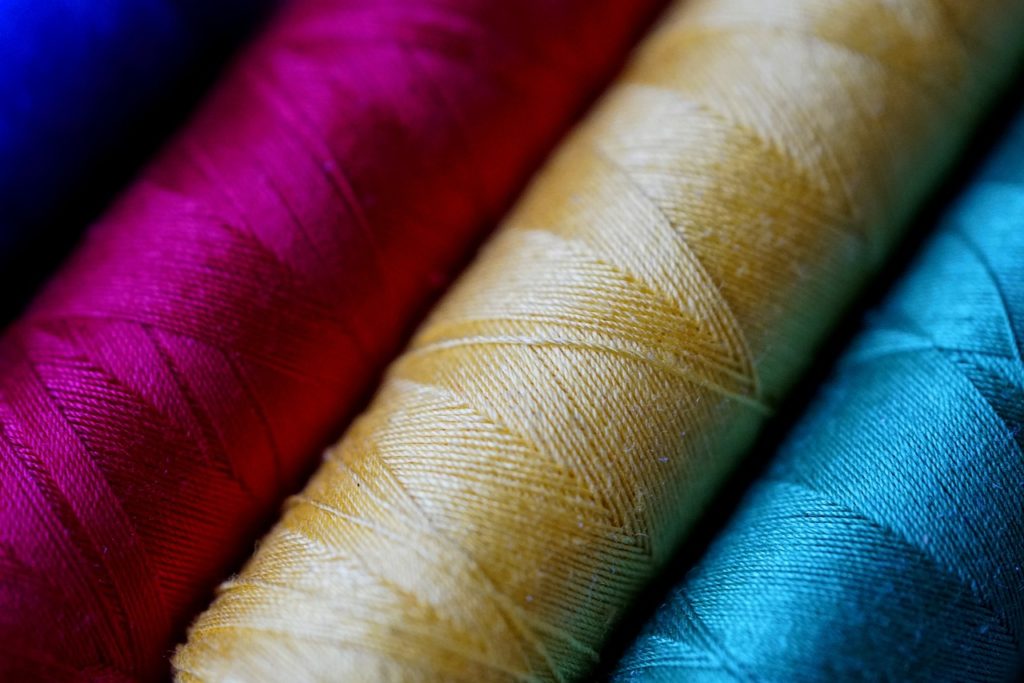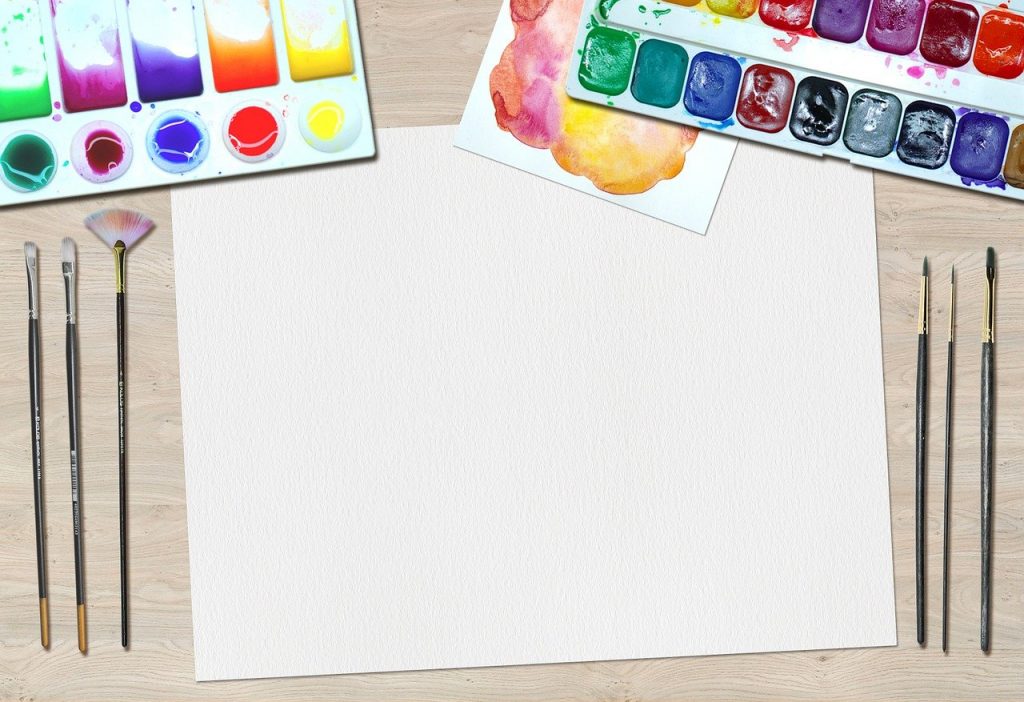Textiles are an integral part of the various handicrafts that Jammu & Kashmir is known for. The art of weaving, stitching, and embroidery has been handed down across generations and Kashmiris have been pursuing these art forms since centuries. Artisans from Jammu and Kashmir are renowned for their skill in weaving and embroidery, and the textiles from this region are popular across the globe.
The textiles that Jammu & Kashmir is well-known for include carpets, rugs, blankets, pashmina shawls and apparel in silk and wool that is worn by Kashmiri men and women as a part of their traditional clothing. The history of tapestry in Kashmir dates back to the 7th century. Back then, Kashmiri shawls were used by the royal family, which gained popularity in South Asia only in the 16th century, and by mid-18th century, the Europeans (mainly the French) had adopted them. In the late 19th century, the ancient Kashmiri art of tapestry got global recognition. Here’s an insight into the famous Kashmiri textiles.
Textiles of Jammu and Kashmir
Pashmina Shawls: The Pashmina fibre is obtained from the fleece of wild Cashmere Asian mountain goats. This fibre is 15 microns in thickness with a structure that is best-suited for fine spinning. Pashmina shawls are known the world over for being soft, silky and for the warmth and comfort they provide.
Shahtoosh Shawls: Wool of the Tibetan antelopes is used in these shawls. The wool is rare due to which these shawls are costly. Shahtoosh wool is used in combination with Pashmina in weaving these shawls, which reduces their cost. Mostly, they are used in their original colour (which is brown). They are also called ring shawls because they are so finely woven that they can pass through a ring.
Kani Shawls: These shawls are woven in wool with some use of cotton, using a Kani needle. Their intricate designs mostly represent nature, mainly flowers in bright colours.
Amlikar Shawls: The most striking feature of the weaving of these shawls is that the needle does not really penetrate the fabric and the embroidery stitch is parallel to the darning stitch. The designs often represent flowers in rich colours.
Dourukha Shawls: These shawls are characterized by colourful patterns with dark coloured outlines on their two sides.
Kashmiri Tweed Clothing: Kashmir tweed is 100% wool and can be found in various textures like checker, plain, striped and matte among others. This fabric is durable and used in formal as well as informal clothing. Tweed clothes in Kashmir include the traditional phiran and the modern winter coats, blazers, jackets and trousers.
Kashmir Silk Apparel: Kashmir silk is obtained from the rearing of mulberry cocoon and is of a very superior quality.
Carpet Weaving: Kashmiri carpets are among the best-quality carpets and known for their beautiful weaving and intricate designs. They are woven in silk or wool and have patterns that combine the Persian and Indian styles. The art of carpet weaving was introduced in Kashmir by the Persians during the 14th century and it flourished during the Islam rule. Kashmiri carpets and rugs are hand-knotted, have floral or oriental designs with motifs like paisley, chinar trees and the tree of life in bright colours. They are sought-after the world over for their excellent workmanship.
Namdahs: They are floor coverings in which wool and cotton fibres are felted and pressed into shape. These rugs are beautified using chain stitch embroidery in wool or cotton threads. In old parts of Kashmir, the felting process is carried out using the feet. In Kashmir, namdahs are used in the winters and they are popular among art lovers for their exquisite designs.
Pherans: The pheran is an important part of traditional Kashmiri clothing. Tweed or coarse wool is used in weaving men’s pherans while women’s pherans are more stylish, with raffel used in the weaving and Aari embroidery used to add beauty to the attire.
Kashida: Jammu & Kashmir is famous for the Kashida kari (Kashida embroidery) which was introduced in the region in the 11th century and flourished during the Muslim rule. In this type of embroidery, different stitches are used, just a few stitches are required to create elaborate designs and the base fabric is cotton, silk or wool, more commonly Pashmina. The designs are mostly inspired by nature. Kashida embroidery can be seen on Kashmiri shawls, sarees, salwar kameez and even shoes.
Other Types of Kashmiri Embroidery: Crewel embroidery is a famous type of Kashmiri embroidery with chain stitches using a pointed crochet (Aari) and the base fabric is cotton, wool or silk. Crewel embroidery can be seen on bedspreads, rugs, pillow cases and cushion covers. The one that uses cotton thread is finer and can be found on Kashmiri clothing. Sozni embroidery is needlework that’s mainly seen on Pashmina shawls, jackets and other apparel. Tilla embroidery is mainly worked on women’s clothing, which initially used gold and silver threads. Today golden and silver coloured threads are used in this needlework.
Although youngsters are fast-adopting western clothing, Kashmiri garments are treasured for their unique weaving and needlework. Indian and international fashion designers today, are experimenting with traditional Kashmiri textiles and designs to create apparel that suits the modern taste, and this has paved the way for the revival of this ancient art form of Kashmir.



